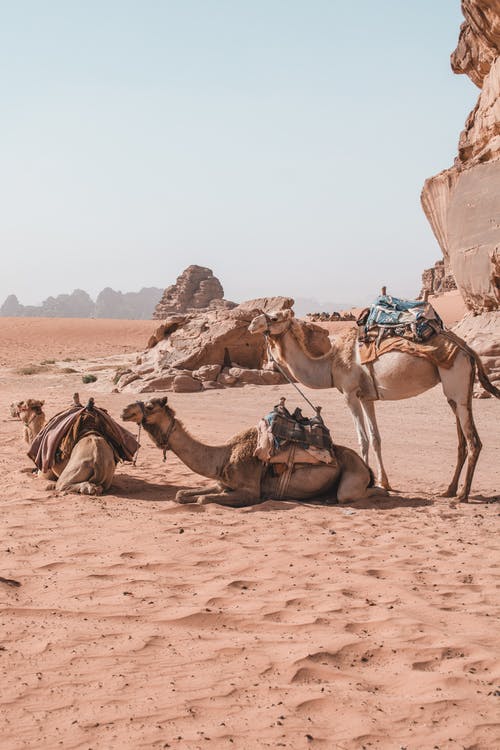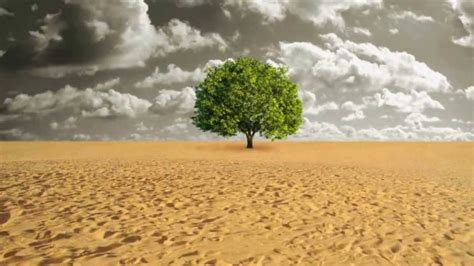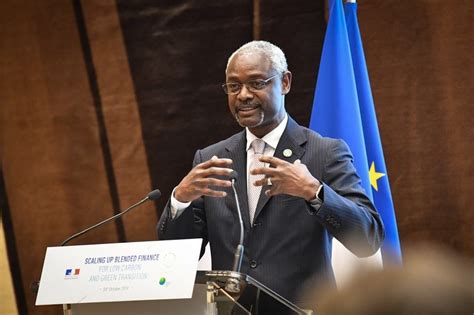By Lilian Mukoche
Kakamega County, Kenya: “To speak about land is to speak about life in all its complexity” this powerful phrase by the Ibrahim Thiaw the Executive Secretary of the United Nations Convention to Combat Desertification (UNCCD).
Thiaw was speaking on the commitment of UNCCD to drylands in African and the Sahel which opened the floor to numerous deliberations on restoring Africa’s drylands in a first-ever concluded digital Global Landscape Forum(GLF) conference held between 2-3 June 2021.
According to the UNCCD Executive Secretary drylands are very productive for they specifically provide us with unique products and produces: cereals, animal feeds, and non -timber products.
“Almost 3 billion people live in drylands, including hundreds of millions of pastoralists. Half of the rangelands are found here, including the largest terrestrial mammals and the tourism economy they generate. The cotton used by industries comes from the drylands and the world is just about to discover the nutritional and health values of fonio, shea butter, cosmetic products, and other variety produced in the drylands” he says.

Drylands are rich in biodiversity and offer a lot in resolving the climate crisis and also contribute much to the economy.
“The large open spaces of drylands are major carbon sinks and their management and restoration provide unique and adaptation opportunities” says Thiaw.
Adding “In Africa, 70% of the population depends on the private sector, including in drylands that represent up to 45% of the landmass and are granneries for hundreds of millions” he says.
Drylands too have clean energy, a source of healthy products, and a major tourist attraction area due to the unique landscape, wildlife, and great people diversity but unfortunately people living in these areas are generally water-efficient and use relatively little biomass.
“Indeed, Africa would not be Africa without its drylands for they harbor major companies from oil production to mineral extraction” he says.
However, Thiaw notes that African drylands are under attack and the time to take action in restoration is now. This he says is a responsibility of all of us as stakeholders.
For this to be realized, speakers in one of the sessions on ‘Framing the UN Decade: African perspective of ecosystem restoration’ made some proposals including the development of stronger government policies for the entrepreneurs, allocation of more finances for restoration purposes, empowering people with the skills, knowledge, and tools to help themselves among others.
In her remarks, under-Secretary-General, United Nations Environment Programme (UNEP), Inger Anderson called on an urgent need to mobilize and make a social movement in order to reverse damages caused by humanity to the natural world.
“This conference is a great opportunity to start delivering on sustainable development goals for us to create a world of prosperity, equality, and peace,” she said.
“Copy and paste solutions have proven not the best when it comes to efforts of restoration of drylands across the African continent,” says Salima Mohamoudou, a research associate at World Resource Institute(WRI) as she chaired one of the sessions during the conference.

She noted there is no one size that fits all options and what has worked well elsewhere like in the UK may not work well in Africa.
The inaugural virtual conference attracted more than 7000 participants drawn from 186 countries saw several topics in the community segment where they chatted way forward on how restoring Africa’s drylands can be a success.
The role of indigenous people in protecting landscapes is one area participants dwelt on saying that protection of landscapes requires a multifaceted approach in which all parties are involved and indigenous people are equally important to achieve good results in the restoration process.
In order to engage this group, the participants proposed several approaches including the provision of adequate materials, bottom-up approaches dealing with customary and local governments (such as village authorities) is key in a continent where grass-root leaders as important as state institutions, offer training to this group on the restoration process, relating landscape restoration to their daily needs among others.














